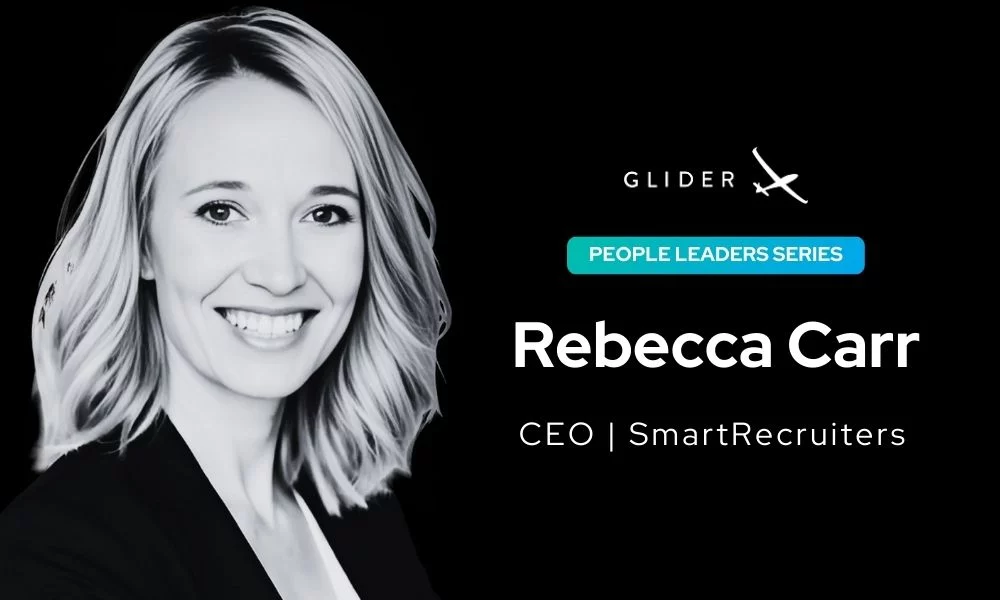As a manager in your organization, you have seen clear signs that the competition for talent is becoming more challenging every passing day. Attracting and retaining the right talent is now touted as a key organizational capability if you want to achieve your growth ambitions.
The strength of your employer brand can have a significant effect on the productivity, performance, and engagement levels of your employees. Many organizations are duly turning their attention to strengthening their employer brands.
Because you ought to know the history:
The term “employer brand,” first defined in the 90s, denoted an organization’s reputation as an employer. This was different from the more general corporate brand reputation which dates back to 1880s. The years between 2004 and 2008 saw a major focus on building a strong employer brand. This was in response to the growing competition for talent, leading companies like Unilever, Shell and P&G gave a new boost to their employer branding as they had applied to their corporate and consumer branding. This led to the development of an Employee Value Proposition, which defined the key benefits offered by the company as an employer, and the production of employer brand guidelines, which aimed to and were successful in bringing consistency to the company’s recruitment advertising. Employer branding was predominantly outbound and advertising driven, and fell under Resourcing and HR.
But the times have changed:
The rise of social media has made companies a great deal more transparent. Recruitment advertising and the new found power of publishing means that talent attraction relies far more heavily on employee engagement and advocacy.
The ownership debate:
Who’s responsible for the employer brand strategy in an organization? Is it the human resources, or marketing, or communications, or some other function? Kill this debate. Focus on developing a competent team of professionals sourced from inside and outside the organization who can develop and execute an employer brand strategy that builds value.
Want to know how to get there? You need to answer these five questions first:
- Why would a candidate want to work for your organization?
- Have your managers been trained in delivering the brand experience?
- What is the general perception that current and prospective employees have about your employer brand?
- How visible is your employer brand in the talent pool?
- Are your employees willing to recommend your company as a great place to work?
Now run this employer branding checklist:
- Employ survey research or other tools to evaluate your current employer brand awareness in the target audience
- Do a realistic assessment of your strengths as an employer and define how you would like to be seen as an employer. Use your findings to draft an Employee Value Proposition.
- Utilize social media and new age recruitment branding to share stories that highlight your strengths and perpetuate an authentic and engaging employer brand reputation.
- Coach every function within the organization to appreciate the value of a strong employer brand and it’s role in the success of the business. Also, educate them about their responsibilities toward sustaining a consistent brand experience and reputation.
But before you jump the gun, fix what’s broken:
This cheat-sheet can help you go a long way in identifying and propagating consistent values and vitality of your organizational culture. However, there are no tools or tactics that can fix a broken work culture. Fix that first. Organizations can gain a competitive advantage by choosing a long-term employer branding focus over a short-term recruitment focus.
As Daniel Pink points out in his book Drive, the three things essential for an employee to put in their best at work are: autonomy, mastery, and purpose offered by their organization. So provide these three employee benefits, answer the questions, run the checklist and your brand will have all that it needs to grow.



